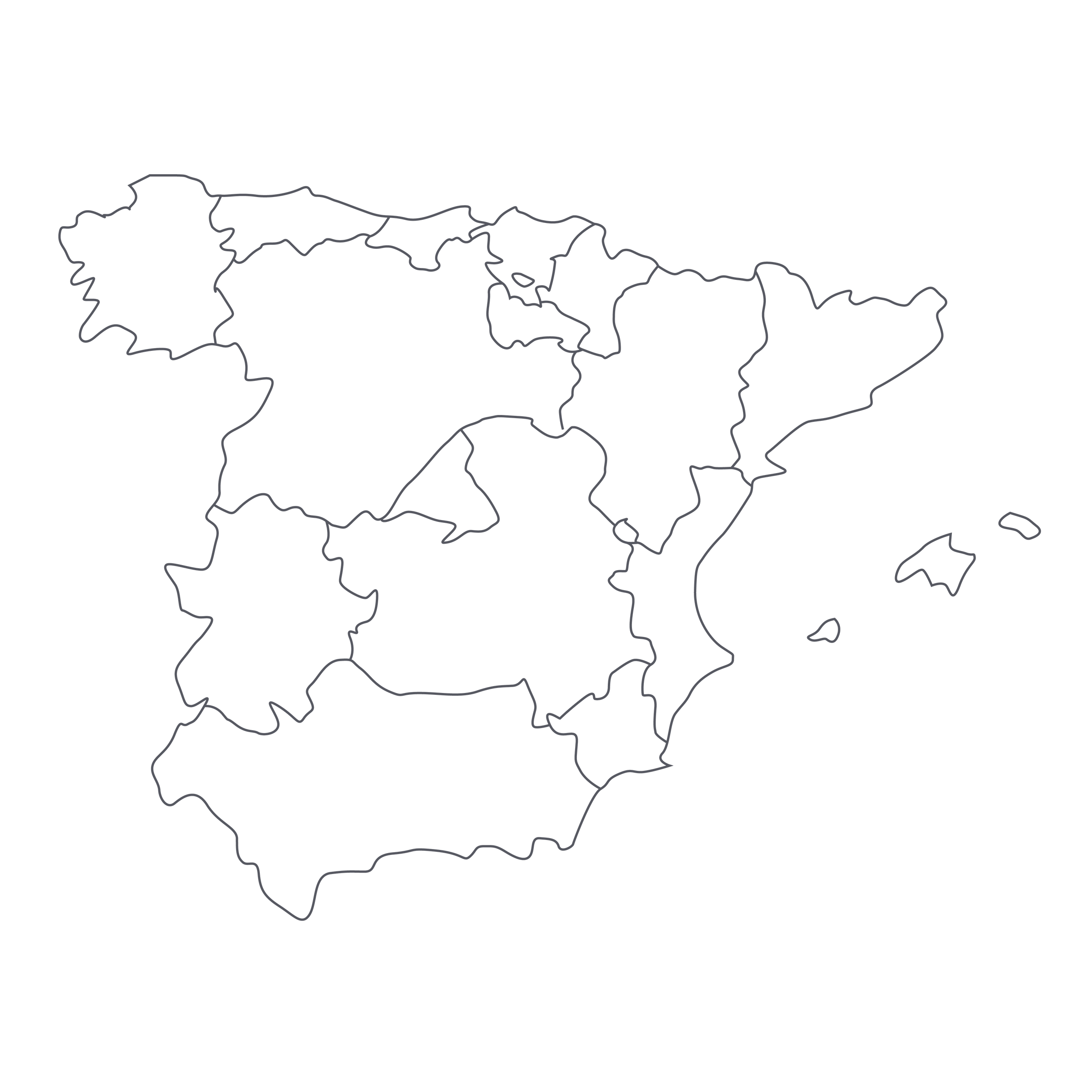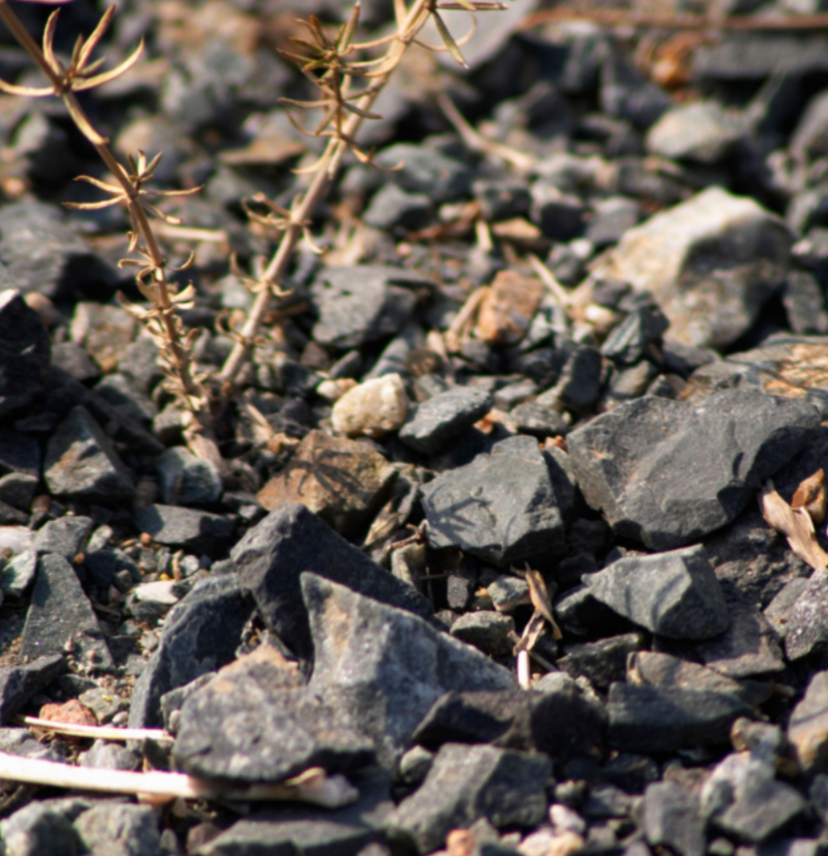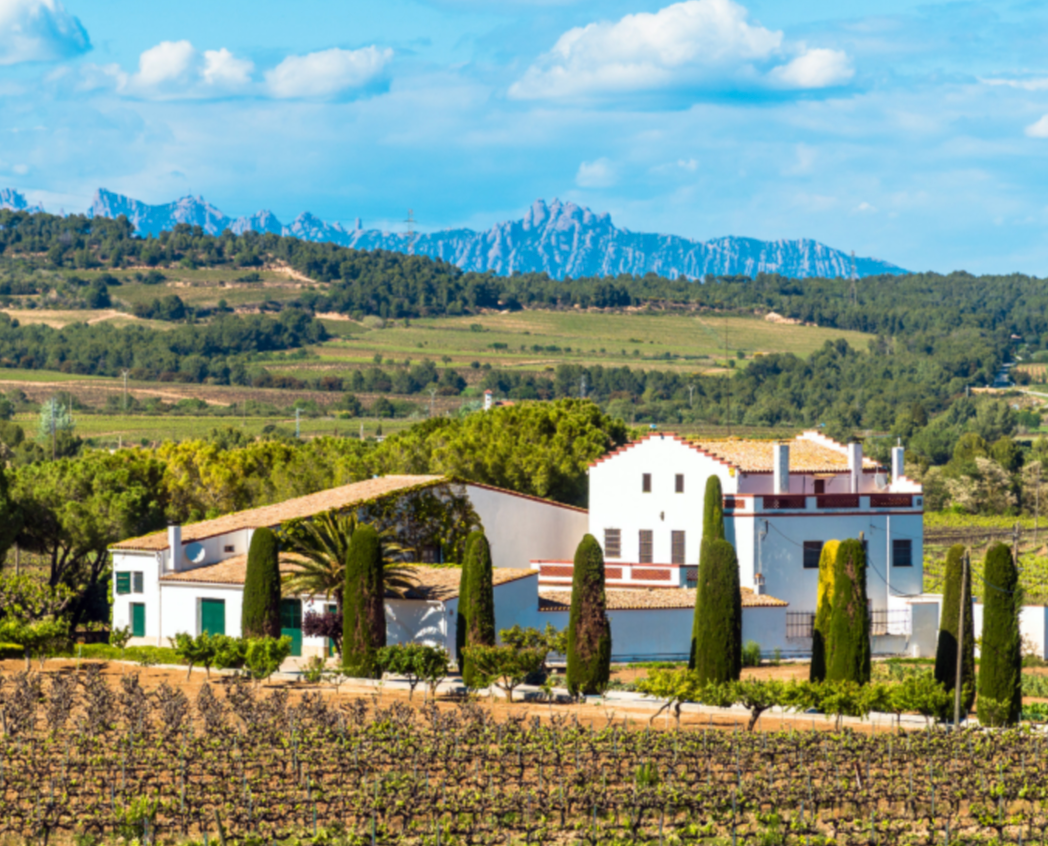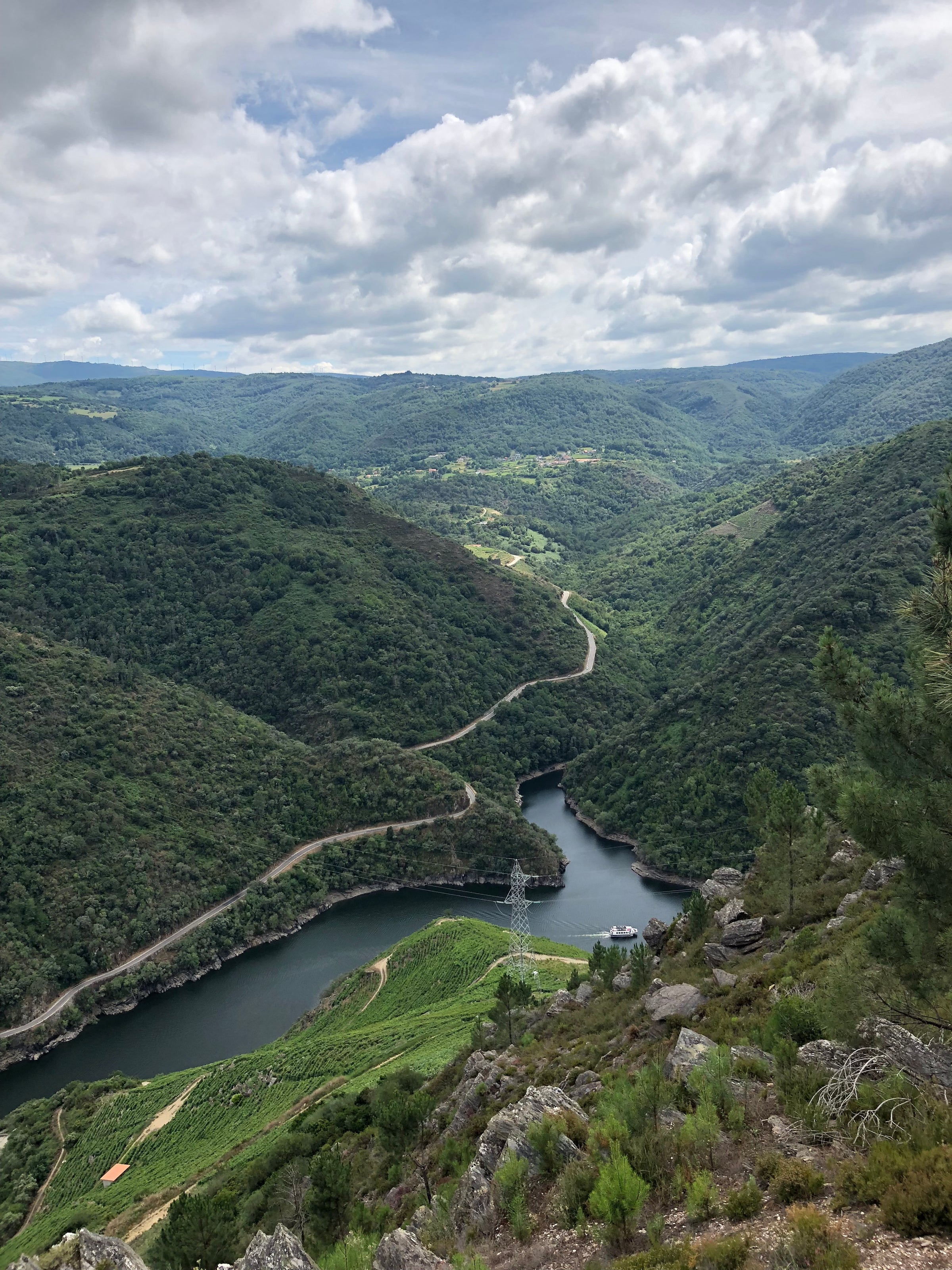When first offered on SommSelect in 2016, today’s wine was a certified smash hit. Everyone who purchased some—myself included—seemed to fall head over heels in love with its modest price and beyond-its-years sophistication.
Still, despite numerous emails urging us to track down more inventory, we were never able to make it happen—until today! My first introduction to this wine was in a blind tasting in Spring 2016. With one sip, my mind immediately went to top-tier, “old school” Brunello di Montalcino. I was impressed and firmly confident in the wine’s provenance. So, you can imagine my surprise when I eventually learned the wine was neither costly nor Tuscan Sangiovese-based, but instead a humbly priced Tempranillo from the mountains north of Barcelona! Whatever this wine lacks in market recognition, it more than compensates for with centuries-deep history, a fascinating backstory, and genuine nobility in the glass. It will floor you, especially at this price.
Suriol’s “Sang de Drac” (“blood of the dragon”) transports us to a jagged and remote hillside in the mountains above Barcelona. Generations of the Suriol family have farmed and lived on the same rural slope—and made wine in the same cellar that produced today’s bottling—since the 1400s. Today, the newest generation of Suriol, brothers Eudal and Assiz, carry the torch (with significant input from elders also living on the property). Eudal oversees most of the labor in the vineyards while Assiz works primarily in the cellar and as the Suriol family’s “public face.” The family’s 25-hectare farm is located in the village of Font-Rubi, in the mountains one hour northwest of Barcelona. Located in the higher elevation region of Alt Penedés, the family’s vines sit at 1,000 to 1,200 feet in dense, clay-calcareous soils. The Suriol family compound feels like a small village: It’s a cluster of residences and cellars at the top of a hill, with a dense patchwork of small individual vineyards adorning the hillside below. There is also a large forest that protects the hillside from wind while moderating the area’s more severe temperature changes. The property has been farmed organically and without herbicides or pesticides since its creation and became officially certified 18 years ago. Unlike the region’s larger and more recognized wine producers, Eudal and Assiz own and farm all their own vineyards. And while their property is primarily planted to white grape varieties for the production of the family’s outstanding sparkling wines, Assiz also bottles a very small amount of the red wine we are offering today.
Tucked between the acres of white grapes destined for sparkling wine, Eudal Suriol farms one single 1.5 hectare parcel of decades-old Tempranillo vines. It is unusual to find this ancient local Catalán clone of Tempranillo (called Ull de Lebre, or “eye of the rabbit”) planted here, as most Tempranillo in the region is grafted to high yielding, darker, thick skinned clones from warmer climates to the west. Ull de Lebre produces a more delicate, savory expression of Tempranillo and, based on this impressive wine, I’d encourage the family to plant more! The vineyard, El Pelegrí, is perched at 1,200 feet and vines are trellised in the espaldera method, which produces higher-quality fruit, but at the cost of lower volume. At harvest, typically in mid-September, fruit is hand-picked and sorted into small baskets. While the majority of fruit from this vineyard goes to the Suriols’ table wine, “Negre,” only the most pristine clusters are reserved for “Sang de Drac”; only 200 cases are bottled each vintage. Grape clusters are macerated on skins in cement tanks for eight days and fermentation occurs naturally with only the wild yeast cultures from the Suriol’s vineyard and cellar. After alcoholic fermentation is completed, the wine is racked into old chestnut barrels for 10 months’ aging. Finally, the wine is bottled and labeled before resting in the cellar for an additional year before release. The result is an astonishingly structured, serious red wine.
The 2012 Suriol “Sang de Drac” drinks and looks beyond its adolescent age. A translucent dark auburn core moves to orange and brick on the rim. As when I first encountered it, this wine still channels my favorite traditionalist Brunello di Montalcino—but 18 months later, it has matured and grown more exotic and savory. Dark fruit is starting to bleed into mushroom and truffle territory, the once-ample tannins are integrating, and the subtle whisper of chestnut aging is becoming more defined on the finish. This is not a dark purple, 16% a.b.v. Spanish bruiser—it is a refined, balanced red that is built for your dinner table. It requires no decantation or elaborate preparation—simply pour yourself a glass at 60 degrees in a large Bordeaux stem. Or, if simple isn’t how you roll, take this wine as an opportunity to experience Spain’s grandest contribution to the pantheon of winter one-pot meals: Cocido Madrileño! This meal takes time to prepare and eat, but it is one of the most satisfying, stick-to-ribs Iberian traditions and a bullseye companion to today’s rustic and soulful red.
Salud!





